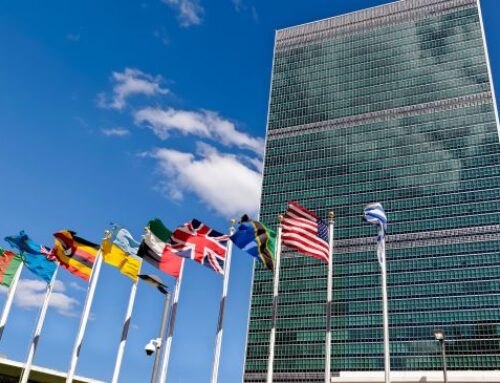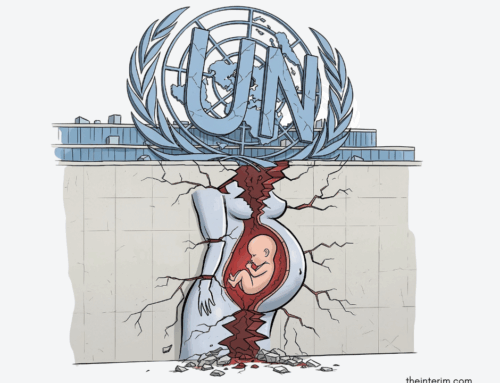What was the wording of the Irish constitutional amendment on abortion after the referendum? J. McC. Toronto
The amendment in 1983 included this provision in the Irish Constitution:
“The State acknowledges the right to life of the unborn child, and with due regard to the equal right to life of the mother guarantees in its laws to respect and, as far as is practicable, by its laws to defend and vindicate that right.”
The constitution clearly recognized that mother’s and child’s rights to life are equal; neither one nor the other had a superior claim to live.
Despite this, the Irish Court ruled, in 1992, that some “equals” are more equal than others, and that the mother’s right to life was supreme. The case involved a teenager who allegedly had been raped by a family friend (who was never named or charged) and who, also allegedly, was threatening suicide. On this flimsy “evidence” the Court, in effect, allowed the innocent and totally vulnerable preborn child to be condemned to death.
Are there official medical-ethics guidelines on experimentation (e.g. new types of fetal surgery) on unborn children? S.S. Belville
Ethical guidelines on human experimentation were adopted by the international medical community in 1964 in the Declaration of Helsinki. The Declaration divided experimentation in the field of biomedical research into two categories:
- Medical research, diagnostic or therapeutic, for the benefit of the particular patient, is ethical
- Medical research which is purely scientific and without direct benefit to the patient is not. (There are some special exceptions.)
In 1985 Professor Jerome Lejeune gave evidence to Australia’s Senate Select Committee on the Human Embryo Experimentation Bill. He stated:
“When we use any drug or any action, or any intervention, in the interest of the being who is under our care, we are doing medical intervention. But every time we use the person or the body who is under our care to exploit it, to obtain some indication of some new knowledge at the expense of the individual being investigated, that is pure experimentation. Then the rule is very simple: when what we do is in the interest of this embryo, then it is medicine; but if it is in our own interest, then it is experimentation and we take the embryo as material.”
Some of the other ethical principles of the Helsinki Declaration state:
- Doctors must be satisfied that the hazards of the experiments are predictable;
- That the objective benefit is in proportion to the risk of the patient;
- That doctors must cease investigation if the hazards outweigh the benefit.
Surgery done for the benefit of a particular preborn child (in or out of the uterus) lies within the ethical guidelines. Experiments on 14-day-old embryos created in-vitro are clearly against the Helsinki Declaration and are against medical ethics.
The recent complaints that the Red Cross moved too slowly in preventing AIDS-contaminated blood from being used in transfusions make me wonder; how much is AIDS costing the treatment of hemophilia? P.J. Unionville.
Professor Paul P. Haas of Ohio discussed this at the American Society of Law and Medicine in Toronto, July 1992. He was concerned about the rising cost of plasma with the anti-hemophilic clotting factor (AHF) since the time the plasma had to be cleared of AIDS virus. He stated that the annual cost of treating severe Classic Hemophilia (without complications) rose from $10,00-$20,000 to $70,000-$100,000 annually. These are U.S. statistics but the Canadian figures probably show a comparable ratio.
Professor Haas mentioned that funds for Research and Development are readily available for projects which hold promise of large profits, but little goes to diseases like hemophilia. It can be seen that, with cost containment, the more money that goes into AIDS the less there is for hemophilia which has been so seriously affected by AIDS.




